Vegetables that start with J sound like a limited category, but they play a pivotal role in diverse cuisines around the world.
From the tropical allure of jicama to the peppery punch of Japanese mustard greens, each veggie offers a distinct flavor and texture. These vegetables are some of the best J-listed foods that you can try.
In this post, I will introduce 5 popular J-starting vegetables with detailed information concerning their origins, textures, flavors, culinary applications, and more. Next, I will also talk about certain common J-named vegetables that you should know about.
5 Popular Vegetables That Start With J
The following 5 options will please anyone interested in vegetables that start with J. They fall into three main categories: vegetables for dishes, vegetables for garnish, and fruit vegetables; use interactive filters to learn more about them.
Jalapeno
- For Dishes
- For Garnish
- Fruit Vegetables
Jalapeno is a chili pepper variety native to Mexico yet widely used in global cuisine. A typical fruit measures 2 to 4 inches with a smooth, glossy exterior.
The texture of a fresh jalapeno is crisp, while its flavor is bright, vegetal, and mildly spicy. A chipotle is a ripe, red jalapeno that is smoked and dried to achieve a sweet, earthy taste.
In Mexican cuisine, jalapenos are frequently incorporated into salsas, guacamole, tacos, nachos, and many other traditional dishes. Many people even stuff this chili pepper with cheese or meat.
Americans use jalapenos in dishes like jalapeño cornbread or as toppings on burgers and pizzas.
Jicama
- For Dishes
- For Garnish
Jicama, also known as Mexican turnip, is a root vegetable originating in Mexico. Its round or slightly oblong shape is similar to that of potatoes and turnips, with brown, rough skin and juicy, pale white flesh.
There are two main types of jicama. The first one comes in a round or squat shape with clear juice, while the other is elongated and produces milky white juice.
Flavorwise, jicama is mildly sweet and nutty, often described as a cross between an apple and a water chestnut. This root vegetable can be consumed raw, added to salads, or stir-fried to make a savory food ingredient.
In American cuisine, jicama has been gaining popularity as a healthy snack and salad ingredient.
Japanese Mustard Greens
- For Dishes
Japanese mustard greens are a leafy vegetable that came from China but have been cultivated in Japan for centuries. They have many other names, such as mizuna, konya, and spider mustard.
The typical characteristics of mizuna include slender stalks with deep green, serrated leaves. This type of vegetable is crisp when raw and tender when cooked.
Japanese mustard greens taste mildly bitter and peppery with a hint of mustard. There are many ways to prepare them, such as using them in salads, stir-fries, hot pot dishes, and soups.
Jerusalem Artichoke
- For Dishes
Jerusalem artichoke is a root vegetable widely found in North America. Despite its name, this plant has no relation to Jerusalem or artichokes.
There are many other names associated with Jerusalem artichoke, including sunchoke, sunroot, wild sunflower, and earth apples.
In general, Jerusalem artichoke tubers resemble ginger roots, with a knobbly, irregular shape and pale yellow to brown skin. Their texture is crisp and watery, akin to a water chestnut.
Raw Jerusalem artichoke is nutty, earthy, and sweet like water chestnuts. Meanwhile, cooked Jerusalem artichoke resembles a mix of potatoes and artichoke hearts.
Jerusalem artichokes are especially popular in Europe and America, where they are often roasted, pureed into soups, or served as side dishes.
Jelly Mushroom
- For Dishes
Jelly mushroom refers to a group of fungus are characterized by their transparent, moist flesh with a gelatinous texture. It comes in many colors, depending on the species.
Many jelly mushroom varieties are safe to eat and typically emerge in the spring or autumn in many regions in the northern hemisphere. The best places to find them are wooden logs beside areas where snow has recently melted.
Most jelly mushrooms offer an earthy flavor and are used in soups and salads. Notable varieties include wood ear and witch’s butter mushrooms.
After learning about these J-initial vegetables, why don’t you take a look at fruits that start with the same letter?
What Are Well-known Fruits That Start With J?
Check out the options below if you are interested in J-named fruits.
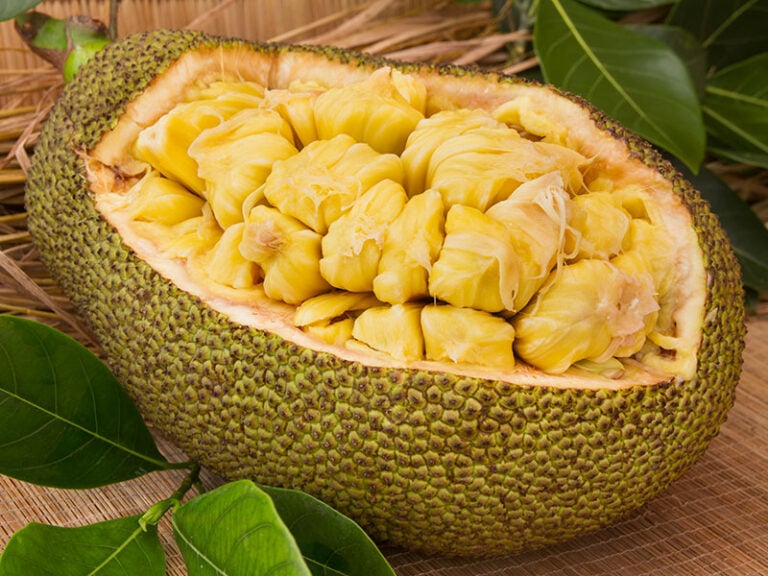
Jackfruit
Jackfruit is a tropical fruit native to South Asia. It is recognized as the largest fruit that grows on the tree.
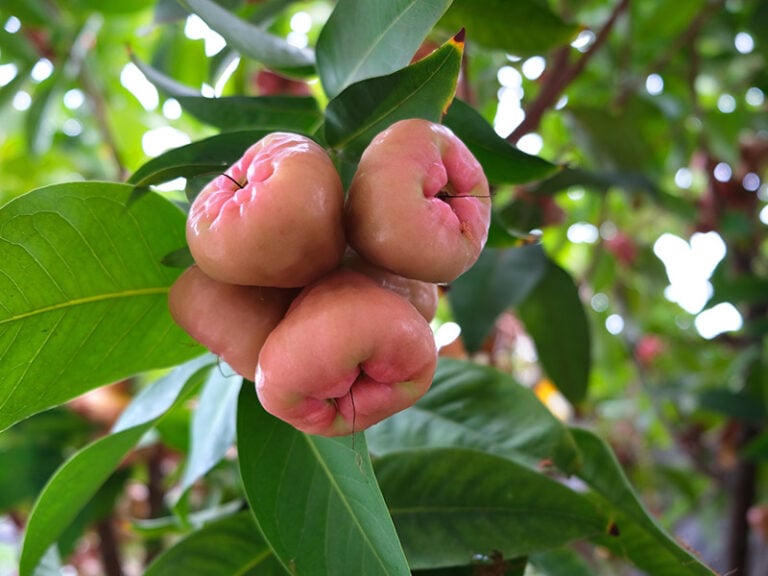
Java Apple
Java apple, also known as wax apple, is a tropical fruit with a bell-shaped form, a crunchy, watery texture, and a subtly mild flavor.
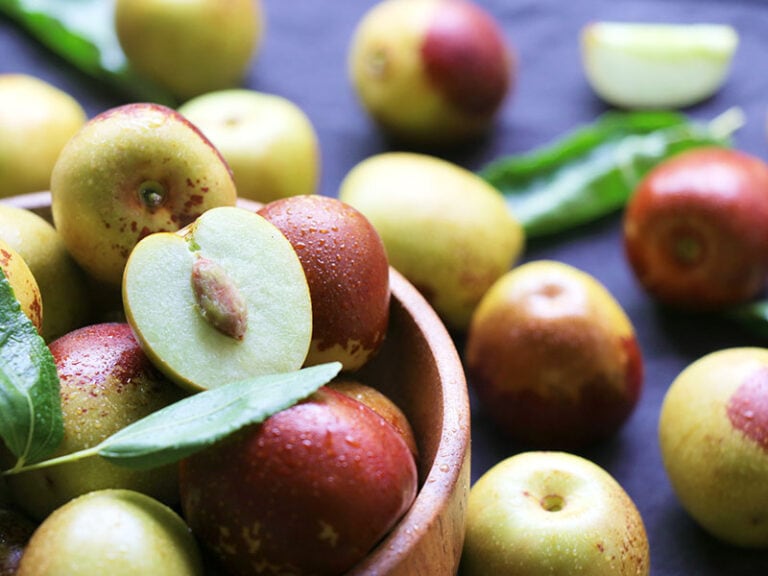
Jujube
Jujube is a small, round fruit widely used in Chinese cooking. People often add dried jujubes to soups, tea, and desserts to sweeten them.
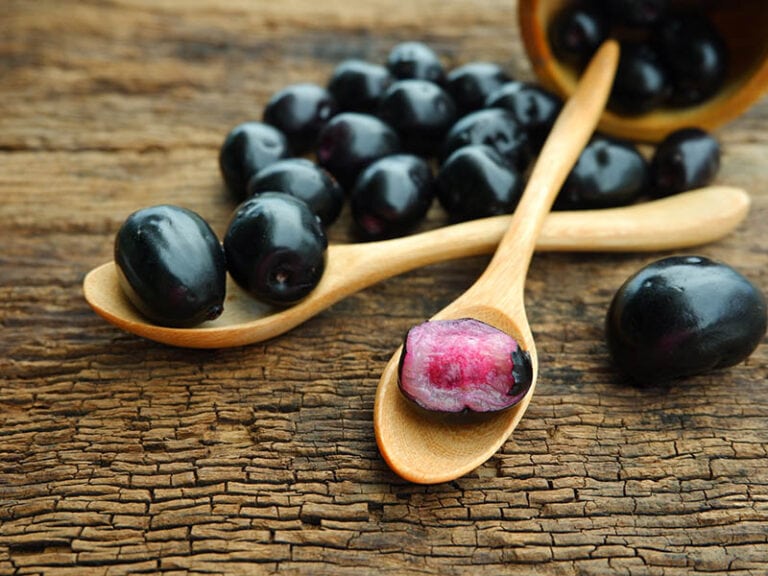
Java Plum
Java plum, which hails from the Indian subcontinent, is a tropical fruit that has a deep purple color and a uniquely astringent taste.
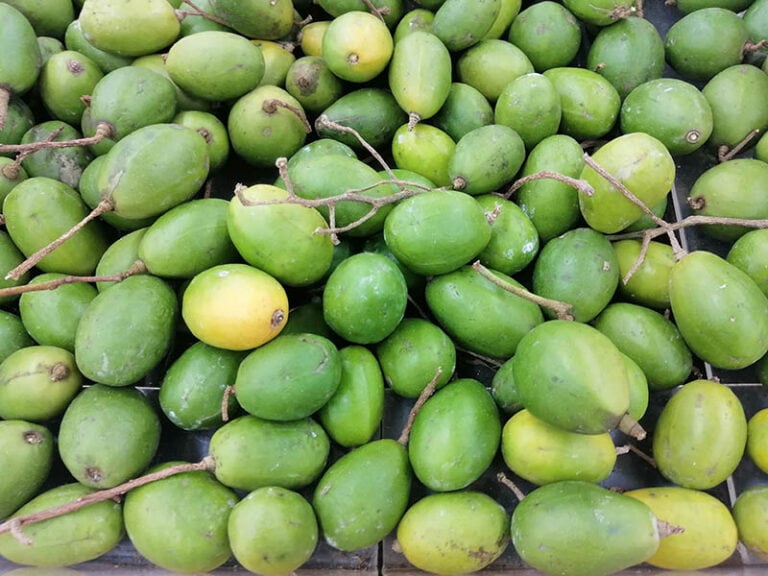
June Plum
June plum, also known as ambarella and golden apple, is a sweet and sour fruit available in many tropical regions of the world. Its place of origin is the Pacific Islands.
These options are just a taste of what fruits that start with J can offer. Check out the full list for even more choices that will amaze your taste buds.
Anyway, have you found your favorite J-named vegetables yet? Do you have other options to add to my list? Don’t hesitate to share it with me in the comment section! And please share this article with fellow food enthusiasts. Happy cooking!
Don’t stop now—keep the culinary adventure alive by exploring articles on vegetables from A to Z and uncover even more scrumptious discoveries!


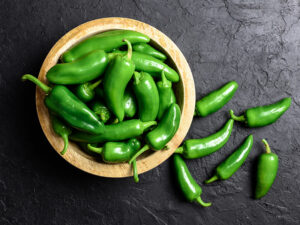
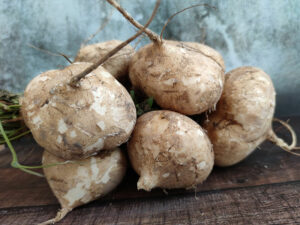
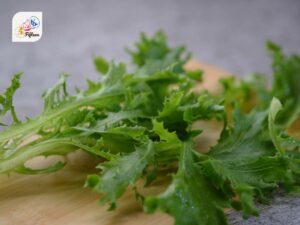
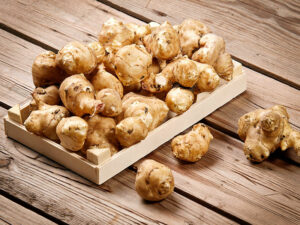
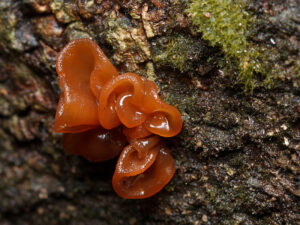
Jamie Scott
Editor in Chief, Senior Content Writer
Expertise
Home Cooking, Meal Planning, Recipe Development, Baking and Pastry, Food Editor, Cooking-video Maker, Western Food Evaluation Expert
Education
Le Cordon Bleu College of Culinary Arts
Local Community College, New York, NY
Jamie Scott is a skilled culinary expert and content creator specializing in Western cuisine. With over 15 years in the culinary field and formal training from Le Cordon Bleu, Paris, Jamie deeply understands how to blend nutrition with delicious flavors. His passion for cooking matches his commitment to making healthy eating accessible and enjoyable.
On Fifteen.net, Jamie brings a fresh perspective to classic dishes and beverages, offering readers insightful recipes, cooking tips, and a fresh view on meal planning that emphasizes taste, health, and simplicity.